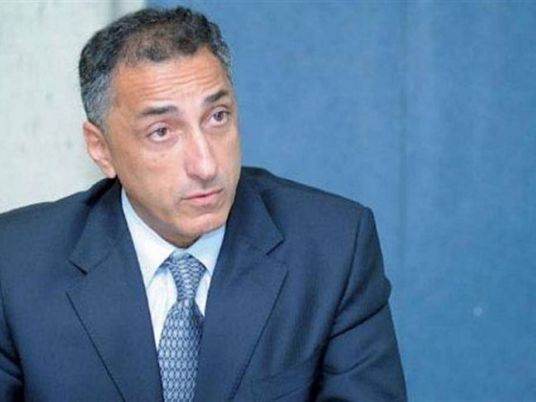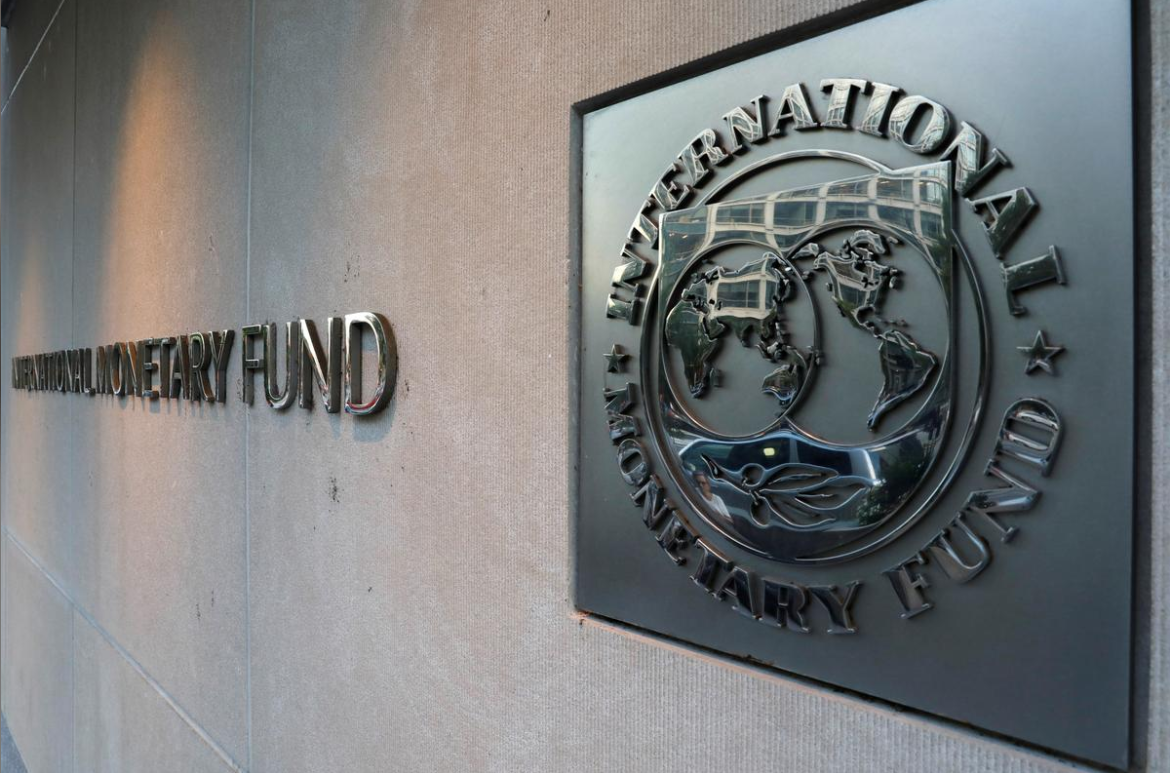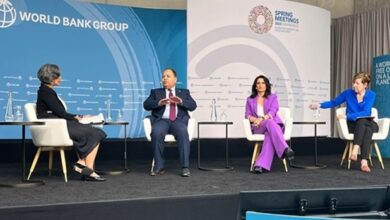
The Central Bank of Egypt (CBE) said on Wednesday that external debt rose by $7.7 billion by the end of the 2015-2016 fiscal year, marking a 16 percent increase on the previous year.
Debt rose to $55.8 billion, compared to $48.1 billion by the end of 2014-2015, it said.
The CBE attributed the rise to a $7.4 billion increase in the net repayments of foreign loans, facilities and deposits, and an increase in exchange rates of the currencies of the external debt versus the US dollar, which led to an increase in external debt estimated at $0.3 billion.
External debt service (medium- and long-term) reached $5.2 billion during the 2015-2016 fiscal year, the CBE said.
It added that total domestic debt rose to LE2.619 trillion by the end of June, 87.3 percent of which is owed by the government, 4 percent owed by public economic bodies, and 8.7 percent on the National Investment Bank (NIB).
Egypt has struggled to overcome a crippling dollar shortage since the 2011 uprising caused foreign investors and tourists, key earners of foreign exchange, to flee.
The shortage is exacerbated by a severe trade imbalance — Egypt imported $67 billion worth of goods in 2015 but exported just $18.5 billion, according to trade ministry data.
Central bank governor Tarek Amer said in January that Egypt aimed to cut its import bill by 25 percent to ease dollar demand.
Egypt has this year raised customs tariffs on luxury goods, plugged customs loopholes, and tightened quality controls.
Together with dollar rationing and capital controls that have made it difficult for merchants to obtain enough foreign exchange to pay for cargoes, the measures have curbed imports.
Prices of imported goods have soared as merchants are forced to source their dollars on the black market for as much as 15.5 pounds per dollar, a wide spread over the official rate of 8.8 pounds. Some imported goods have become scarce.




